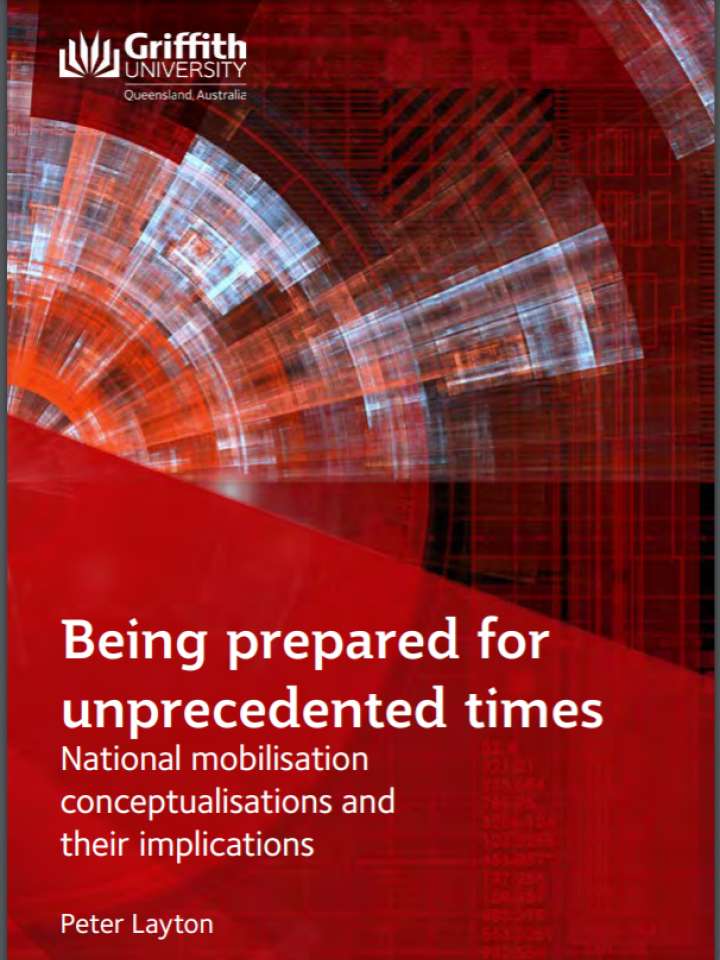Being prepared for unprecedented times: national mobilisation conceptualisations and their implications
This paper discusses the critical role of national mobilisation in response to crises and outlines key principles for effective mobilisation. 2020 was a year of unprecedented problems that highlighted countries’ need to improve managing their responses to crises and disasters. Part of doing so is to be better prepared, and for this the idea of mobilisation is useful. National mobilisation involves using a society’s resources to achieve national objectives in a time of conflict, competition, crisis or disaster. The future is always uncertain, and this makes mobilisation planning hard. There are many different problems for which Australian mobilisations might be undertaken, ranging from national security worries of major and minor wars, to human security issues of bushfires, floods and pandemics. Adding to the difficulties, the scale of future problems is unknown, with Australia’s history and climate projections suggesting multiple problems will occur simultaneously in the future.
In all approaches, the general mobilisation principles and the managerial and market practices can be usefully used in planning:
- Mobilisation considers all national resources.
- Mobilisation involves international resources.
- Mobilisation and event response are interdependent.
- Mobilisation must use flexible controls.
- Mobilisation planning is always a deeply political issue.
- Mobilisation is an integrated activity.
- Mobilisation must consider the pre- and the post-event.
Mobilisation has a role to play in the future. The concept can bring depth, clarity and a practical perspective to considerations about how best Australia, and the Asia-Pacific more widely, can be prepared for the uncertain future.
Explore further
